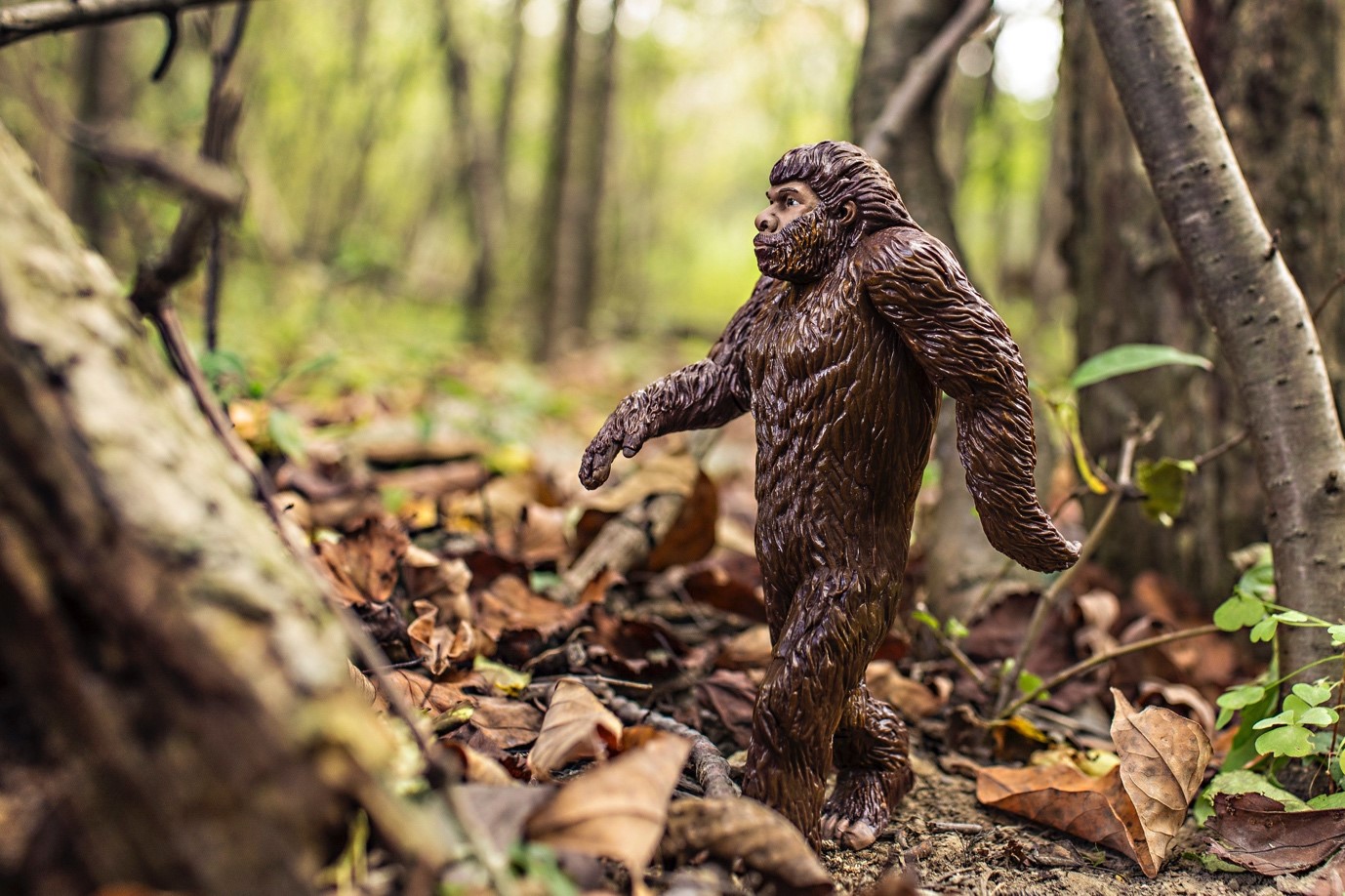The following article was written by Emmanuel Stamatakis and published in The Conversation on the 21st February 2019. Have you recently carried heavy shopping bags up a few flights of stairs? Or run the last 100 metres to the station to catch your train? If you have, you may have unknowingly been doing a style of exercise called high-intensity incidental physical activity. Our paper, published today in the British Journal of Sports Medicine, shows this type of regular, incidental activity that gets you huffing and puffing is likely to produce health benefits, even if you do it in 30-second bursts, spread over the day. In fact, incorporating more high intensity activity into our daily routines – whether that’s by vacuuming the carpet with vigour or walking uphill to buy your lunch – could be the key to helping all of us get some high quality exercise each day. And that includes people who are overweight and unfit. What is high intensity exercise? Until recently, most health authorities prescribed activity lasting for at least ten continuous minutes, although there was no credible scientific evidence behind this. This recommendation was recently refuted by the 2018 US Physical Activity Guidelines Advisory Report. The new…
How Much Do Sedentary People Really Need To Move? It’s Less Than You Think
The following article was originally posted by the Conversation on April 23, 2019 and was written by Emmanuel Stamatakis, Joanne Gale, and Melody Ding. People who spend much of their day sitting may need to move around less than we thought to counteract their sedentary lifestyle, new research shows. Our research, published today in the Journal of the American College of Cardiology, found about 20-40 minutes of physical activity a day seems to eliminate most health risks associated with sitting. That’s substantially lower than the one hour a day a previous study has found. We spend almost all our waking day sitting, standing, or moving. The health impact of each one of these can be complex. For example, too much standing can lead to lower back problems and even a higher risk of heart disease. But sitting for too long and not moving enough can harm our health. Then there are people who sit for many hours and also get in reasonable amounts of physical activity. For example, someone who has an office job but walks to and from work for 20 minutes each way and runs two to three times a week easily meets the recommended level of physical activity. While we know moving is better than…
Global Action Plan on Reducing Physical Inactivity
The World Health Organisation (WHO) has recently released a Global Action Plan on physical activity with the aim of reducing physical inactivity by 10% by 2025, and by 15% by 2030. To support this goal they have developed 4 main objectives: Create active societies: “Create a paradigm shift in all of society by enhancing knowledge and understanding of, and appreciation for, the multiple benefits of regular physical activity, according to ability and at all ages.”1 Create active environments: “Create and maintain environments that promote and safeguard the rights of all people, of all ages, to have equitable access to safe places and spaces, in their cities and communities, in which to engage in regular physical activity, according to ability.”1 Create active people: “Create and promote access to opportunities and programmes, across multiple settings, to help people of all ages and abilities to engage in regular physical activity as individuals, families and communities.”1 Create active systems: “Create and strengthen leadership, governance, multisectoral partnerships, workforce capabilities, advocacy and information systems across sectors to achieve excellence in resource mobilization and implementation of coordinated international, national and subnational action to increase physical activity and reduce sedentary behaviour.”1 The reduction of sedentary behaviour is included in objective…
The Stone Age Brain and How it Affects Our Physical Activity Levels
Our physical activity levels have never been lower – can we look to our Homo sapiens ancestors for answers? We live in a rapidly changing environment with technology defining the modern world we live in. An increase in tasks and jobs automation has led to a vastly different workplace than what we have previously known. Workplaces are now sedentary by nature and require far less energy output as before. The low activity life we have had to adopt is not healthy nor happy. But are there explanations for our ill health in the modern environment which would explain why change is so difficult? Humans have evolved to respond to behaviour triggers like hunger, thirst, and tiredness with behaviours which overcome these desires. These basic instincts worked to keep us alive in the ancestral environment where food, water, and shelter were competitive resources to have and to obtain. By instinctually knowing you were hungry, thirsty or tired, it meant you were able to provide for yourself and keep yourself healthy in harsh environments. These are not instincts we have lost, we still feel hungry, thirsty and tired, and we feel them daily. However, the environment in which we live has changed…




